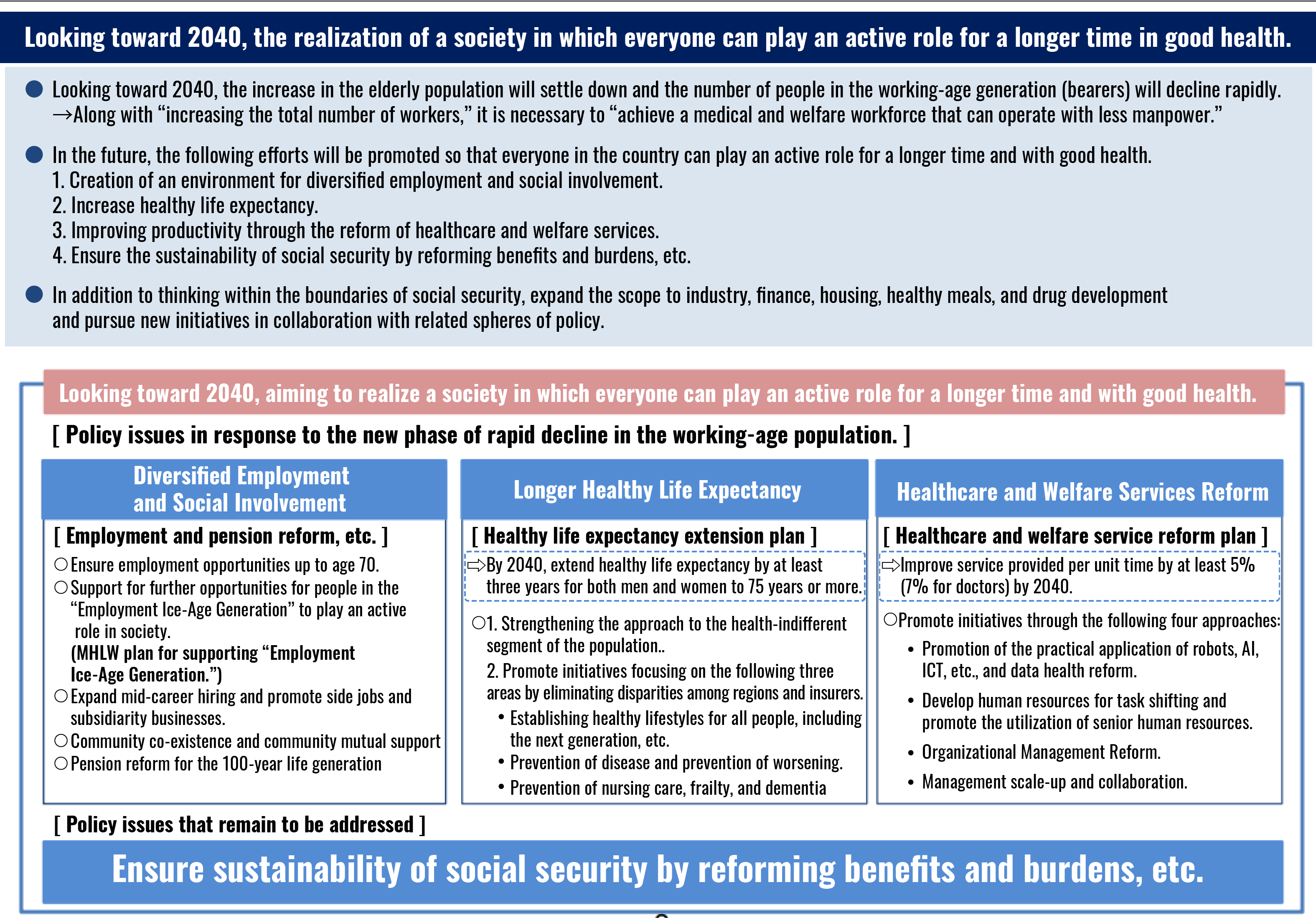7th Release – Medical Expenditures and Hospitals
Part #7: Toward the 2024 Revision of Medical Fees
Note: The opinion of the author expressed in the article does not represent any official opinion or position of Medical Data Vision regarding the 2022 Reform of the Medical Fees. The series of article is designed to provide insight and matter to discuss the healthcare environment among various stakeholders. Thanks for your understanding.
What does the month of November mean to medical institutions?
November of the fiscal year of the revision of medical fees is the first month in which the transitional measures associated with the revision are completed and hospital’s actual achievements in medical care become clear as actual revenues.
This is also the time when the results of the hospital’s measures taken to reflect the Ministry of Health, Labour and Welfare (MHLW)’s directives suggested in the revision of medical fees in the hospital’s management policies after a six-month preparation period will begin to realized.
The survey on the impact of medical fees was initiated to coincide with that timing.
At the 530th General Meeting of the Central Social Insurance Medical Council held on October 26, 2022, “The Contents of the FY2022 Survey” were released. (Report from the Subcommittee on Basic Issues of Medical Fees https://www.mhlw.go.jp/content/12404000/001005055.pdf)
As for the contents of this survey, seven survey items based on the supplementary opinions of the revision were raised for 2022 and four items for 2023, the same as in previous years.
More details of the survey can be found in the MHLW report, but medical institutions need to infer from the information contained in the survey what issues will be discussed in the next revision of medical fees.
It is particularly noteworthy that this year’s survey includes, in addition to the traditional survey for medical institutions, a web-based survey for the public regarding the evaluation of outpatient care and other issues.
The content of the survey is an evaluation of medical treatment using information and communication devices, such as online medical treatment, but it may be necessary to consider the intention of including it in the survey items that will affect the revision of medical fees, rather than including it in a public opinion survey.
For medical institutions, November is an important month to switch perspectives toward the future.
The next revision will be the last one to steer us toward the 2025 problem.
Needless to say, the next revision is a simultaneous revision of medical insurance and long-term care insurance.
This is also the time when the government will actually take the final stand toward the establishment of a Community-based Comprehensive Care System, which is the government’s goal, before the 2025 problem, when all baby boomers will be elderly in the latter stage of life.
In FY2022, the system of reporting outpatient functions began, and there was debate about “family doctors” at the national level.
Furthermore, to promote the digital transformation in healthcare, the government has explicitly outlined a timeline for implementing an insurance card (“Myna Insurance Card”) that unifies the Individual Number Card (“My Number Card”) with the health insurance card and has also put forward a plan to promote the use of medical big data.
Additionally, issues are being sorted out and specific measures are being repeatedly discussed toward the realization of the Medical Community Concept. Generally, “the medical care provision system is undergoing a shift from ‘medical care to cure’ to ‘medical care to cure and support’.” (excerpt from November 11, 2022, 8th All Generations Social Security Conference, Document 1: “Status of Discussion on the Medical Care Provision System (Material submitted by PGM Masuda)”)
I believe that, amidst this background, the next revision should no longer be merely an adjustment of the unit price of medical care in a market economy, but should play a role as a new stepping stone toward the “2040 problem,” where demand for medical care and long-term care is said to peak due to the increase in the elderly population while addressing the various issues that have been discussed thus far.

Ministry of Health, Labour and Welfare, Social Security System Reform, Social Security and Workplace Reforms Looking Ahead to 2040
This concludes the 7-part series. Thank you for reading.
For More Information, Please Contact Us Here
About Japanese Healthcare System

What you need to know about the healthcare system in Japan before using the data.
SERVICE

In addition to various web tools that allow you to easily conduct surveys via a browser using our medical database, we offer data provision services categorized into four types to meet your needs and challenges: "Analysis reports" "Datasets," "All Therapeutic Areas Data Provision Service," and "Specific Therapeutic Areas Data Provision Service.

© Medical Data Vision Co., Ltd. All Rights Reserved.





